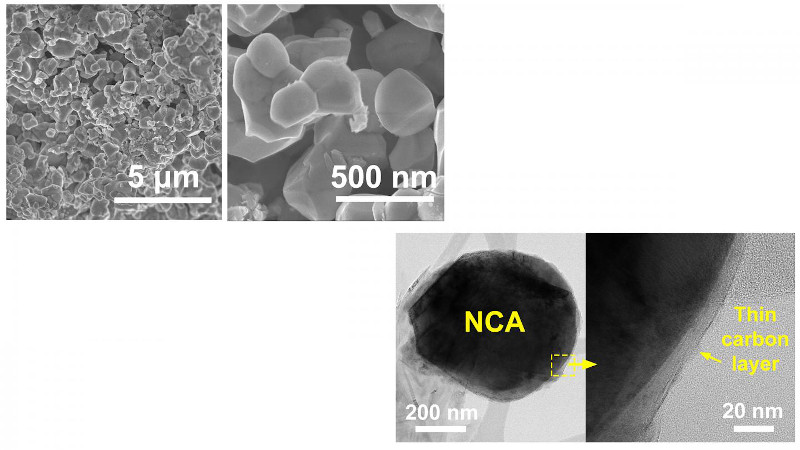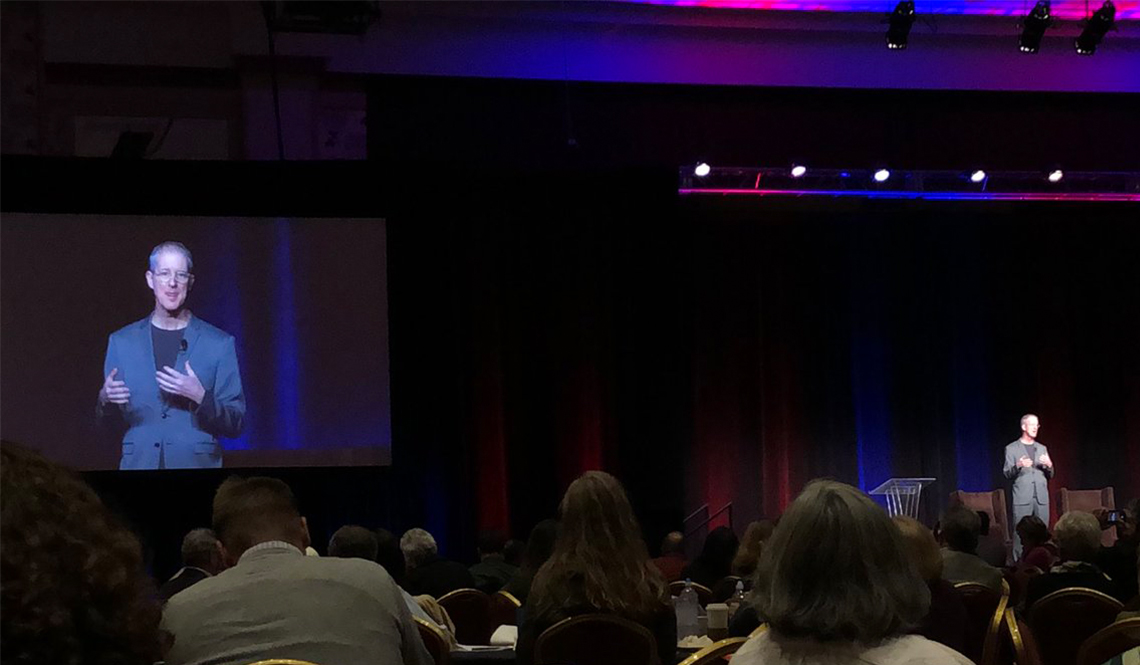
- Select a language for the TTS:
- UK English Female
- UK English Male
- US English Female
- US English Male
- Australian Female
- Australian Male
- Language selected: (auto detect) - EN
Play all audios:
Persuading older adults to do what they can to lower their blood pressure may help them stay sharp as they age, a new study has found. Adults age 75 and older with hypertension who were able
to lower their systolic blood pressure to 130 with medication developed fewer brain lesions that affect a person's ability to function than those who lowered their blood pressure to
only 145, according to a new study published in the journal _Circulation_. The study looked at so-called white matter hyperintensity lesions — or damage in the area of the brain responsible
for transmitting information from one part of the brain to another. These lesions are more common with age. Ten to 20 percent of 60-year-olds have them, and they're present in most
90-year-olds, according to the American Heart Association (AHA). If these lesions accumulate in the brain, it can lead to “a whole bunch of functional changes,” including depression,
dementia, and problems with balance and bladder control, said the study's lead investigator, William White, M.D., a professor of medicine at the University of Connecticut School of
Medicine's Calhoun Cardiology Center. But the study found that lowering blood pressure may be the key to preventing them. The subjects with lower blood pressure developed 40 percent
fewer white matter hyperintensity lesions than those with higher blood pressure. FOR EXPERT TIPS TO HELP FEEL YOUR BEST, GET AARP’S MONTHLY HEALTH NEWSLETTER. THRESHOLD FOR HIGH BLOOD
PRESSURE REDUCED "There's a lot of controversy” in the medical community when it comes to establishing a goal for blood pressure therapy in adults 75 and older, White said. He sees
both patients and physicians using age as an excuse to let high blood pressure slide. Previously, and at the start of the study, adults 65 and older were considered to have hypertension if
their systolic blood pressure was 150 and above. In 2017 the AHA and other collaborating organizations revised their guidelines and set the threshold for high systolic blood pressure at 130
for all adults. Willie Lawrence, chief of cardiology at Research Medical Center in Kansas City, Missouri, and an AHA volunteer expert who is not associated with the study, said, “This is one
more paper that adds support” that more aggressive blood pressure treatment is beneficial to brain health in older adults, and not just those under 55. "We're all looking for
something that we can do,” Lawrence added. “And what's becoming clear is that treatment of hypertension in elderly can delay cognitive decline, and that's really important."
In addition to brain benefits, the study found that the group with lower blood pressure had fewer cardiovascular events, including arrhythmias, heart failure and heart attacks. Nearly 46
percent of American adults have high blood pressure under the AHA's new guidelines. The Centers for Disease Control and Prevention reports that just over half (54 percent) of those with
high blood pressure have their condition under control.







